

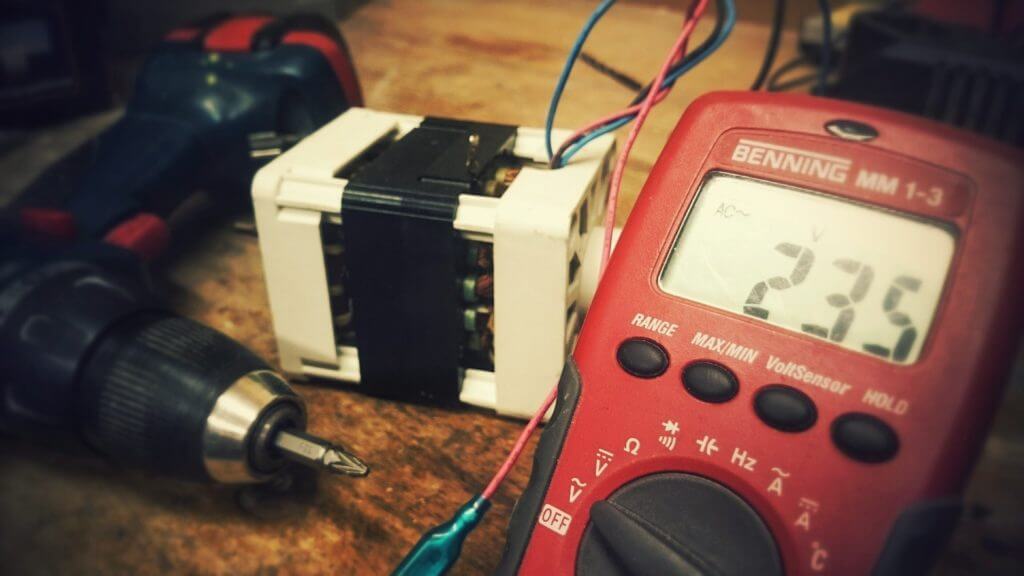
An electronic enclosure is a product used to protect a machine such as a computer from damage. Besides, it protects you from electrical shock. The cage protects your appliance from harmful environmental factors such as dirt, water, chemicals, dust, or heat. Such things may affect how the machine works if you do not cover the device well with a cage.
Let’s take a situation in which you are in the final steps of prototyping or have developed a new product, and you are thinking of scaling up and selling your product in the mainstream market. While you can quickly source the PCB’s, and other electronic/electrical components, you might stumble getting a casing, especially when the product is new and needs a customized case or when the product interacts with the user regularly.
3D printing can provide a cost-effective way to construct custom enclosures, and this article will explain why you must consider using 3D printing for your Electronics Enclosures.
1. Saves Time – 3D printing makes it possible to produce prototypes much faster than traditional manufacturing techniques, like CNC.
2. Saves Money – Quick time results in less money expenditure, and a perfect design gives the less sunk cost to the company instead of wasting money in trial and error
3. Unimaginable Prototypes – Highly detailed, accurate to micro levels, and smooth scale models printed by 3D printing technology is often used to showcase design ideas. These models also help in situations where CAD models are not sufficient for identifying design issues.
4. Ergonomic Design – Ergonomics aims to make the design of the packaging with human limitations. It is a hands-down winner. 3D printing allows you to apply ergonomic principles to packaging design.
5. Design that Sells – New advancements in 3D printing technology allow companies to work faster, create more effective prototypes, and test packaging designs that grab consumers’ interest and establish brand identity.
6. Mass Customization – 3D printing technology will enable faster manufacturing in a quicker time and mass customization at a moment’s notice
7. Tools Manufacturing – The production of tools and injection molds can also benefit from 3D printing. As per EY, thirty-nine percent of consumer products companies sees the value of 3D-printed tools in enhancing traditional manufacturing,
8. Sustainability – 3D printing can significantly reduce material waste, thereby making the manufacturing process more sustainable.
9. Lower Capital Investment: On a more prolonged time shelf, 3D printing technology is very cost-efficient and takes up less infrastructure than a traditional manufacturing set-up cost.
10. Lower Operational Expenditure: 3D printing will allow us to use digital libraries replaced modern-day physical inventories. The parts can be printed as and when needed. This will enable shorter assembly times and increase the possibility of Just-in-time manufacturing
Some of the tools to help you in 3D printing:
Often, the sweet spot for additive manufacturing is in low-volume, high value, long lead-time parts. Why? 3D printing reduces lead times and allows you to avoid the high up-front costs of traditional manufacturing: supply chain, tooling, and setup.
On the cost side, 3D printing often eliminates tooling and setup costs associated with traditional manufacturing. These lowered fixed costs mean that production at low volumes becomes economically viable. The graph below shows visually why this happens:

There’s a time benefit too: Since additive manufacturing doesn’t require setup or tooling, 3D-printed parts can often be produced with lead times in days versus weeks or months for traditional manufacturing.

Reddit user “Villebin” made a portable BT speaker with 2x 5″ mids & bullet tweeters.

Image Source: villebin/Reddit
One of the 3D printers’ beautiful properties is that users can manufacture parts to improve their printers’ printing capabilities.
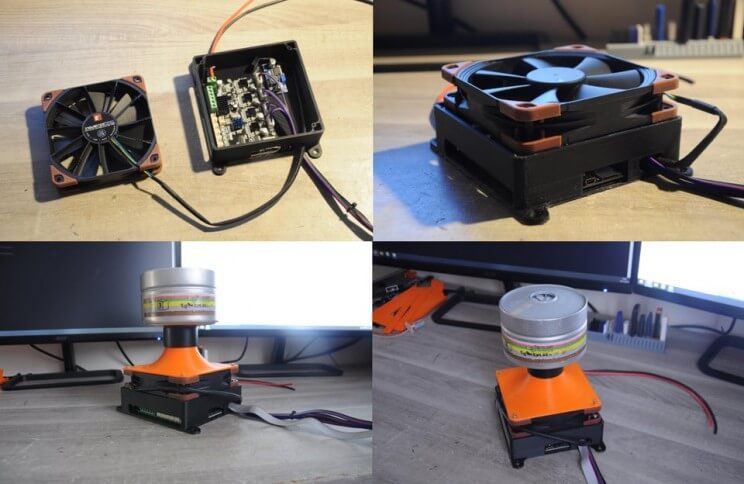
Image Credits: Garuda1_Talisman/Reddit

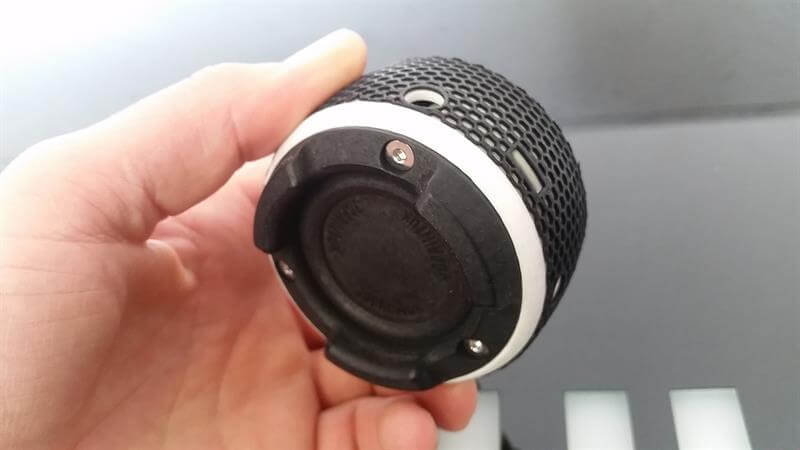

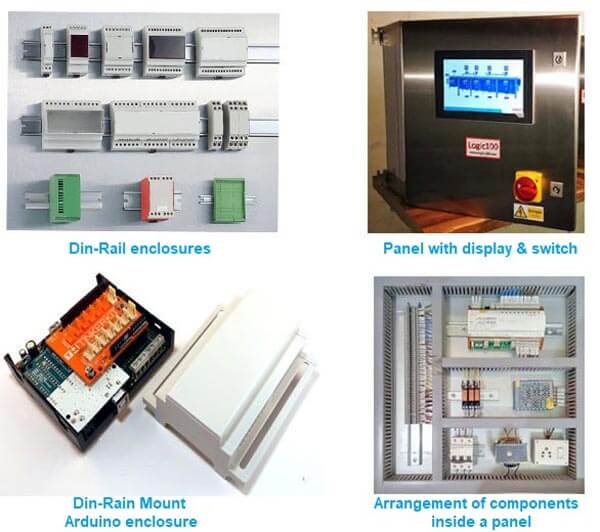
“One of the main applications they use 3D printing for is custom workpiece holders which mount on the machine conveyors.”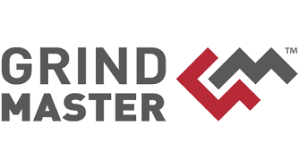

[oceanwp_library id=”4274″]
[oceanwp_library id=”4148″]

3D Printing is set to revolutionaize the way several industries work, from Medicine to Space Exploration to Education.
Learning and adopting 3D Prinring in your field may just be the Next Big Thing in your industry or workplace
© 2025 Fracktal Works Pvt. Ltd